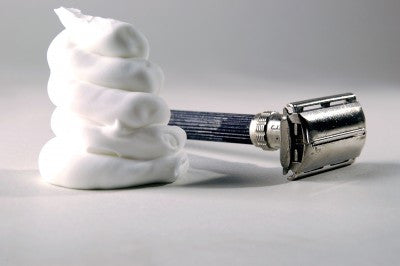
So how do we treat, and better yet prevent, these "ingrowns" from taking root?
Treatment
Ingrowns can be random, occurring once a year or once in a lifetime (lucky you), but they are most often a result of some method of hair removal, such as shaving, plucking, threading or waxing. The fastest and most efficient way to treat these little buggers involves using a sterile needle to pop open the ingrown and force it out like you would a blackhead.
Eeek. Sounds scary. Dr. Schultz recommends that this be done in a dermatologist's office, and I can see why. So, how can one work this out at home?
Dr. Schultz recommends applying a warm (not hot) compress four times a day for a few minutes. After the compress apply an exfoliant, one with a salicylic- or glycolic-based concentration. And finally, after you've dabbed on the exfoliant, layer on a 1% hydrocortisone cream. This process will cause faster healing from the inside, or it will allow the hair follicle to come to a head and, eventually, fall out on its own.
Prevention
If you're getting ingrowns from shaving, there are several things you can do to keep them from forming: shave at the end of your shower, with the grain, with a gel, and try not to push too hard with the razor. A close shave is the main cause of ingrowns. If you're getting ingrowns from waxing, you need to use another method of hair removal. Plain and simple.
If you have a reoccurring ingrown in the same place - which lasts for a period of a few months or a year - that hair follicle will likely die; if it doesn't, see your dermatologist for laser treatments. The use of lasers will kill the root and stop any growth completely.
So there you have it in a nutshell. I can't help but notice that, once again, exfoliants come to the rescue! Who knew they'd be so handy?
 BRX REWARDS
BRX REWARDS



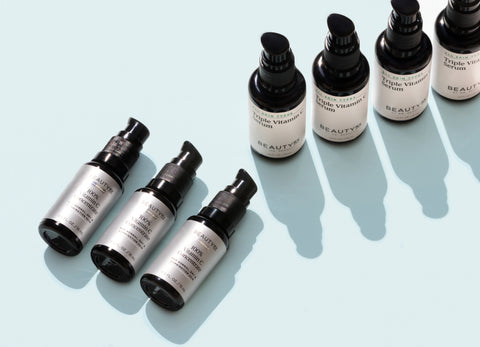





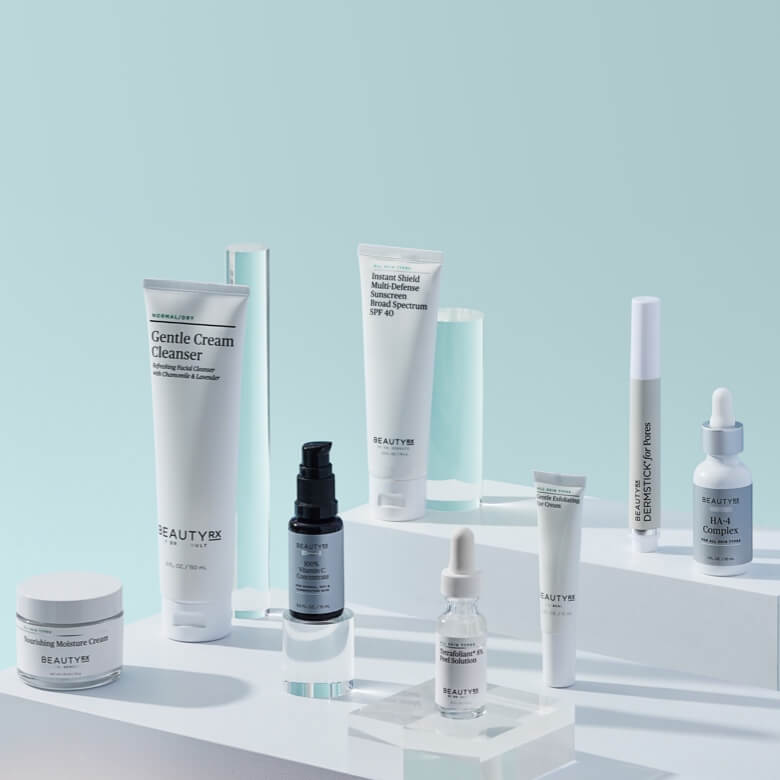
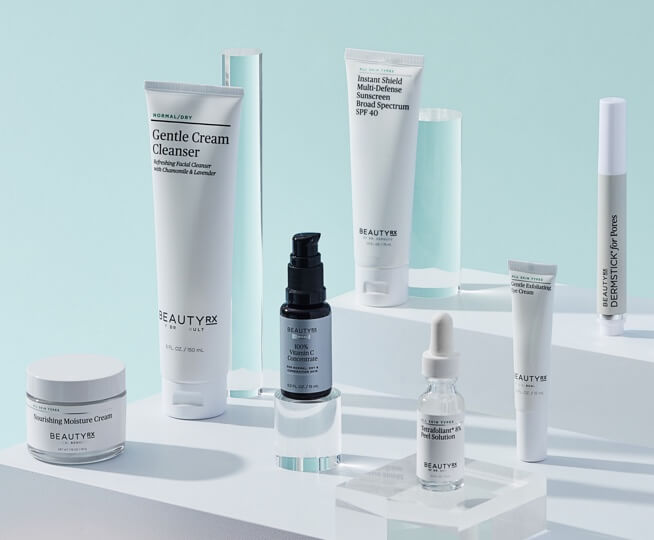


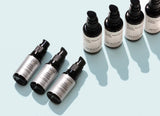




Leave a Comment